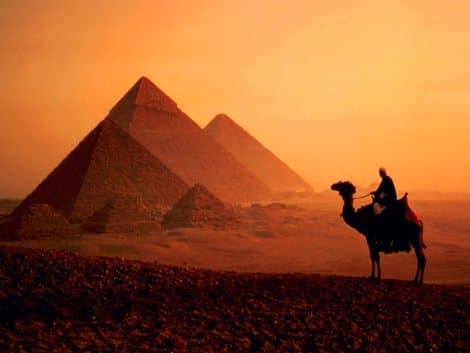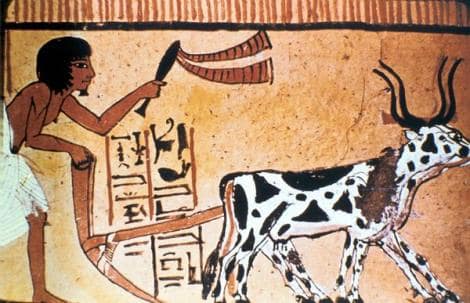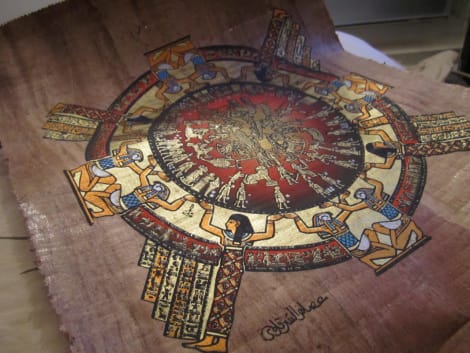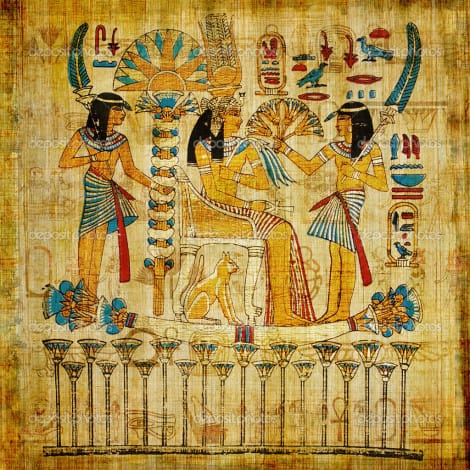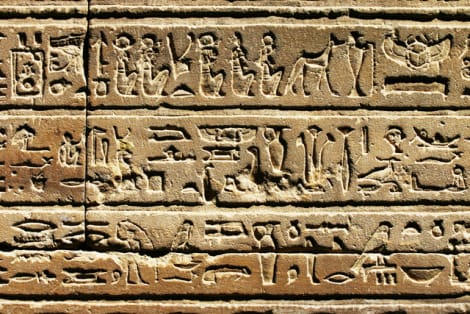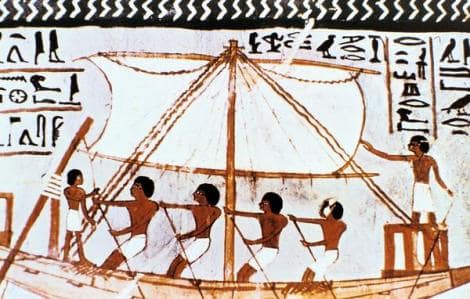6 Ancient Egyptian Inventions we still use today
A country rich in history, a land that has illustrious nice prosperity and despair, a world that’s lovely and filled with life however is even as raw and tough to survive in. Egypt may be a place that holds the roots of group and secrets still undiscovered. several of the objects we tend to use daily and also the use of certain everyday objects originated in Egypt.
We made this list – to let you remember that history is not just history. Alot of the ancient Egyptian technology we still use today in a brought way. If it is something to write on. Or what about a calendar?. How many of them do you use?.
Black Ink – Ink, black and indestructible, was made by mixing water with soot and vegetable gums on a wooden palette; the pen was a simple reed, fashioned at the tip into a tiny brush.
First Ox-Drawn Plows
The ox-drawn plow was an invention that not only revolutionized the way agriculture was carried on in the Egyptian communities, but a modified version of it is still used by farmers of many countries to plow their fields. The use of the power of oxen to pull the plow made loosening of the soil much easier and faster than doing it with hands, or using human beings for the task.
365 Day Calendar and Leap Year (Egyptian Calendar)
The dating system established several thousand years before the Christian era, the first calendar known to use a year of 365 days, approximately equal to the solar year. In addition to this civil calendar, the ancient Egyptians simultaneously maintained a second calendar based upon the phases of the moon.
The Egyptian lunar calendar, the older of the two systems, consisted of twelve months whose duration differed according to the length of a full lunar cycle (normally 28 or 29 days). Each lunar month began with the new moon—reckoned from the first morning after the waning crescent had become invisible—and was named …
Paper
It is from papyrus that the word paper comes from. Although papyrus sheets were similar to paper in terms of function, being laminated sheets they were technically more like a mat and therefore not the same as the papers of today. Similar processes were developed in other lands – in Central America during the 2nd Century AD the Mayans fashioned a similar product for bookmaking. In the Pacific Islands, a paper was made by beating a fine bark over specially shaped logs to make clothes and ritual objects. However, none of these sheets would qualify as true paper today.
Organized labor
The most famous example came in the 12th century B.C. during the reign of the New Kingdom pharaoh Ramses III. When laborers engaged in building the royal necropolis at Deir el-Medina did not receive their usual payment of grain, they organized one of the first recorded strikes in history. The protest took the form of a sit-in: The workers simply entered nearby mortuary temples and refused to leave until their grievances were heard. The gamble worked, and the laborers were eventually given their overdue rations.
Hieroglyphics as an early system of writing
The history of hieroglyphics in ancient Egypt is believed to date back as far as 3000 B.C. Scholars offer varying opinions regarding the identity of Egyptian hieroglyphics inventors. While not much is known about the inventors and the early history of hieroglyphics, the study of this ancient system of writing remains applicable even in today’s modern society.
Sails
The Ancient Egyptians had knowledge to some extent of sail construction. This is governed by the science of aerodynamics. The earliest Egyptian sails were simply placed to catch the wind and push a vessel. Later Egyptian sails dating to 2400 BCE were built with the recognition that ships could sail against the wind using the side wind. Queen Hatshepsut oversaw the preparations and funding of an expedition of five ships, each measuring seventy feet long, and with several sails. Various others exist, also.
This is the end of the list: 6 Ancient Egyptian Inventions we still use today
